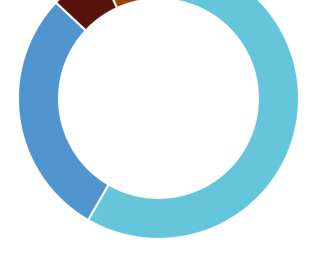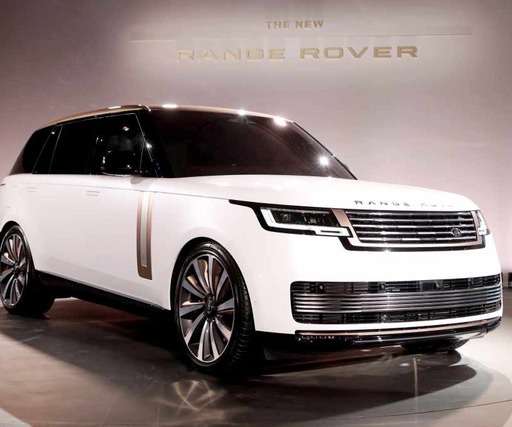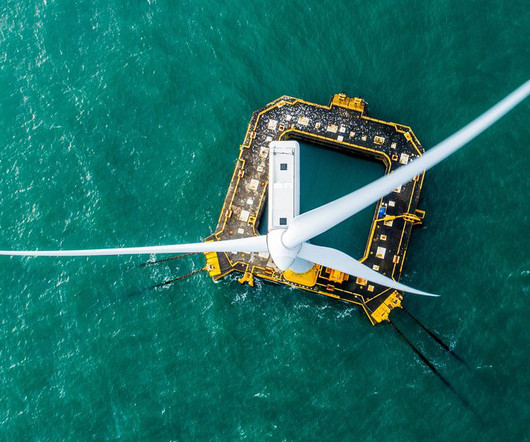EEA reports sharp decrease in CO2 emissions of new cars in Europe in 2020
Green Car Congress
JUNE 30, 2021
The European Environment Agency (EEA) has published its provisional data about the CO 2 emissions of newly registered passenger cars and vans in Europe in 2020. According to the EEA’s provisional data, the average emissions of new passenger cars registered in the European Union (EU), Iceland, Norway, and the United Kingdom in 2020 were 107.8























Let's personalize your content